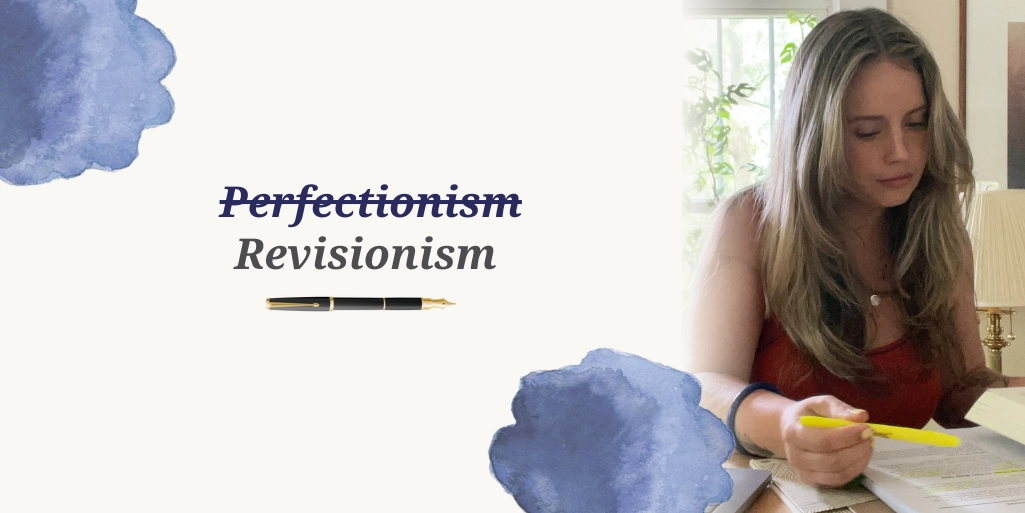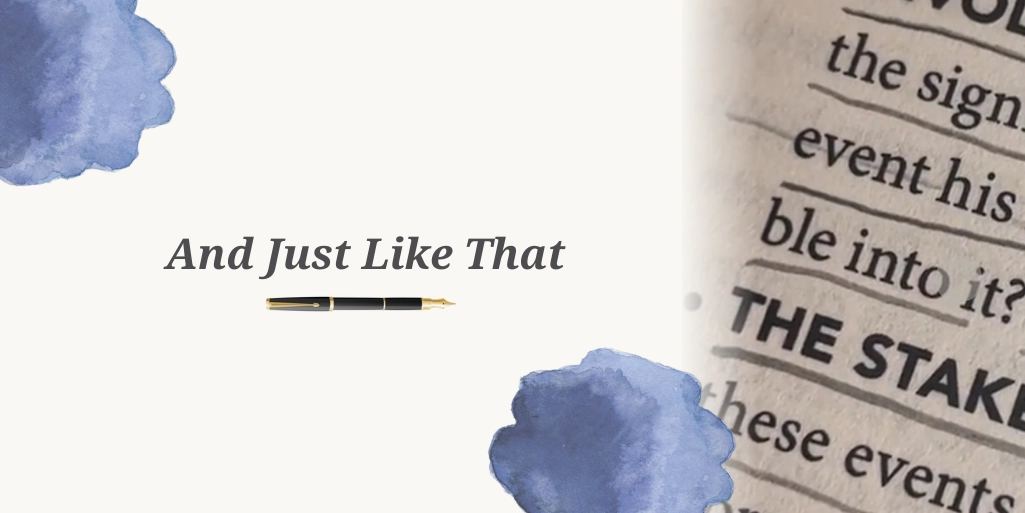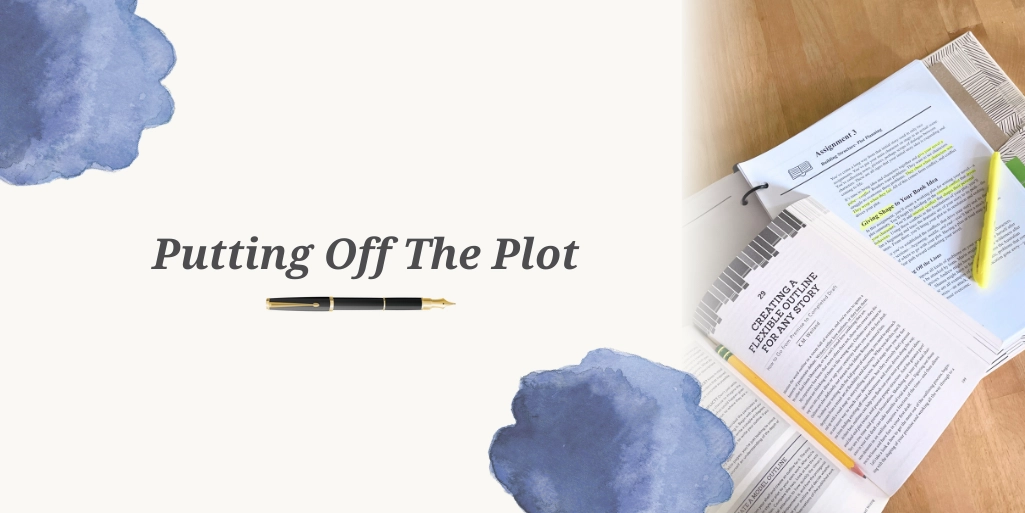
Revisionism
I romanticized the moment ahead of time, like I often do. Deciding to commemorate the first feedback of my first chapter with a croissant (why not?), I stopped into a newly opened bakery nearby…

My notes app (and the twenty half-filled, half-abandoned journals I have stacked in the corner of my bookshelf) are full of threads I have yet to either pull or weave into writing. Ideas are not the hard part for me and I’d argue that’s the case for most writers. The space between taking those tangled thoughts and turning them into A Big Scary Something (outline, chapter, poem, essay, etc.) is where I get stuck.
Submitting my first assignment for this course was no small feat, despite the many ways the course succeeded at relieving the pressure. The assignment itself, broken down into actionable steps I could reference in my manual or through the online student center, was exciting. “Pull the thread!” It all seemed to encourage. As with most things, I only had to get out of my own way. Writing two ideas for my book brought me face-to-face with all kinds of internal resistance. I’m writing this, however, from the other side. I submitted my first assignment. I received both helpful and encouraging feedback from my instructor. She identified the strongest of my two novel ideas and told me to run with it. I have a direction!
My second assignment for the course involved writing a scene of dialogue. As someone who hasn’t formally written dialogue in over fifteen years (“then she said…” texts don’t count), I was grateful to have the guidance of the course material as well as my instructor’s recommendation to read “Training Your Ideas” and “Unearthing Your Character” in the included companion book, The Complete Handbook of Novel Writing. “Training Your Ideas” is an essay by N.M. Kelby addressing the very thought-paralysis I’d experienced before taking the leap into Assignment 1. The section ends with four simple steps to take ideas from swirling around in your head to dancing on the page and I found this immediately helpful in atomizing the scene I had to write. I’d focus on my protagonist and why the reader might root for her, make sure there was a clear time and place established, articulate real stakes as the dialogue unfolded, and organize any loose threads into notes for other scenes if they didn’t fit into the one forming on the page.
Even this far into the course, I’ve identified two inner critics along for the ride. The first critic whispers “Do you even have ideas worth writing?”. Assignment 1 solidified yes, I do in fact have two ideas worth writing, one of which will be the journey of this course. The other inner critic whispers “Do you even know how to write?”. This critic seemed to yell-whisper in regard to writing a scene of dialogue. Lucky for me and unlucky for that inner critic, IFW includes a collection of short, helpful essays called “Pointers for the Pros” which cover specific challenges such as writing action, going from character thought to conversation, and even punctuating dialogue — all of which got me through hurdles that otherwise would have been enough for me to put-off writing the scene entirely.
Once I got to writing, inner critics in the back seat as Elizabeth Gilbert describes in her book Big Magic, the scene flew out of my hands. I was invigorated by the pace of dialogue, getting out of the theory of a book and into the real action of it. (My instructor described the assignment as if it might feel that way.) If I got stuck on how to punctuate a sentence or when to start a new paragraph, I referenced the checklist in the course or pulled up one of the “Pointers for the Pros”. Something about the line break of dialogue felt akin to poetry, a form comfortable and familiar to me. I liked the way the dance of a conversation looked and felt on the page. I enjoyed the subtle ways a character’s personality could be displayed through their voice. I reached the end of my essay so quickly it felt like I’d time-traveled.
I couldn’t believe how good it felt to watch ideas weave themselves into action. At the end of Assignment 2, I had something to point to. I had a real scene with characters and dialogue. I felt certain the reader would be on the edge of their seat to hear the rest of the story. I was on the edge of mine to write it.

I romanticized the moment ahead of time, like I often do. Deciding to commemorate the first feedback of my first chapter with a croissant (why not?), I stopped into a newly opened bakery nearby…

Writing out the plot (or summary or synopsis) of my book has been the most daunting task by far, but I can say with confidence that it is equally the most energizing task to have completed.

Writing out the plot (or summary or synopsis) of my book has been the most daunting task by far, but I can say with confidence that it is equally the most energizing task to have completed.

Haley James is a writer living in Pine Lake, GA. In 2015, after joining a local writer’s circle, she re-integrated poetry into her work as a natural extension of songwriting, continuing to explore the fluid space between experience and memory. Her debut chapbook, i once had a dream that darkness was a language, released in July 2024, while her forthcoming book continues this exploration through longer form, always returning to the tender observation that has become her hallmark.
1000 N. West Street #1200, Wilmington, DE 19801
© 2024 Direct Learning Systems, Inc. All rights reserved.
1000 N. West Street #1200, Wilmington, DE 19801
© 2025 Direct Learning Systems, Inc. All rights reserved.
1000 N. West Street #1200, Wilmington, DE 19801
©2025 Direct Learning Systems, Inc. All rights reserved. Privacy Policy.